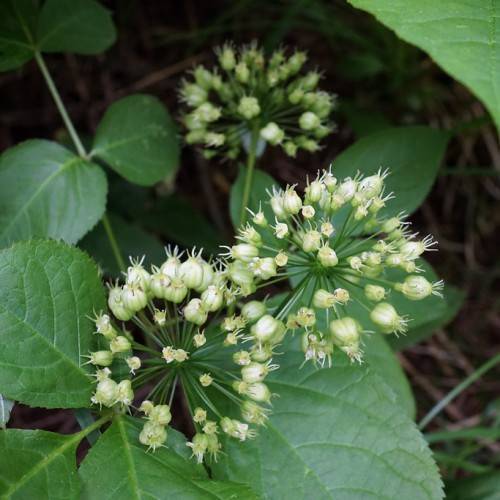
Sarsaparilla
Aralia nudicaulis
Also Known As - Wild SarsaparillaWatering:
Frequent
Hardiness Zone:
Sun:
full sun,part shade
Leaf:
Yes
Growth Rate:
Low
Drought Tolerant:
Yes
Salt Tolerant:
Yes
Care Level:
Medium
watering
Cream-Flowered Rockcress should be watered regularly to keep the soil slightly moist. During the growing season (spring to fall), it should be watered 2 to 3 times a week, making sure that it is never completely dry. For the winter months, it should be watered only when the soil is completely dry. When watering, it's important to avoid getting the foliage wet so that the plant does not become susceptible to disease. During periods of extreme heat, it may need to be watered more frequently.
sunlight
Cream-Flowered Rockcress (Arabis pycnocarpa) grows best in full sun. It should receive at least 6 to 8 hours of direct sunlight each day in order for it to thrive. During the summer months, when the days are long, this plant may tolerate some shade during the hottest part of the day. During the winter months when the days are shorter, it will need more direct sunlight during the day.
pruning
Cream-Flowered Rockcress (Arabis pycnocarpa) is best pruned in the late winter or early spring, before new growth begins. It is important to prune when the plant is dormant, as pruning during active growth can damage the plant. Prune this plant lightly, removing up to 1/3 of the oldest, tallest stems. This should be done to maintain the shape of the plant, encourage new, more robust growth, and help prevent it from becoming too leggy.
